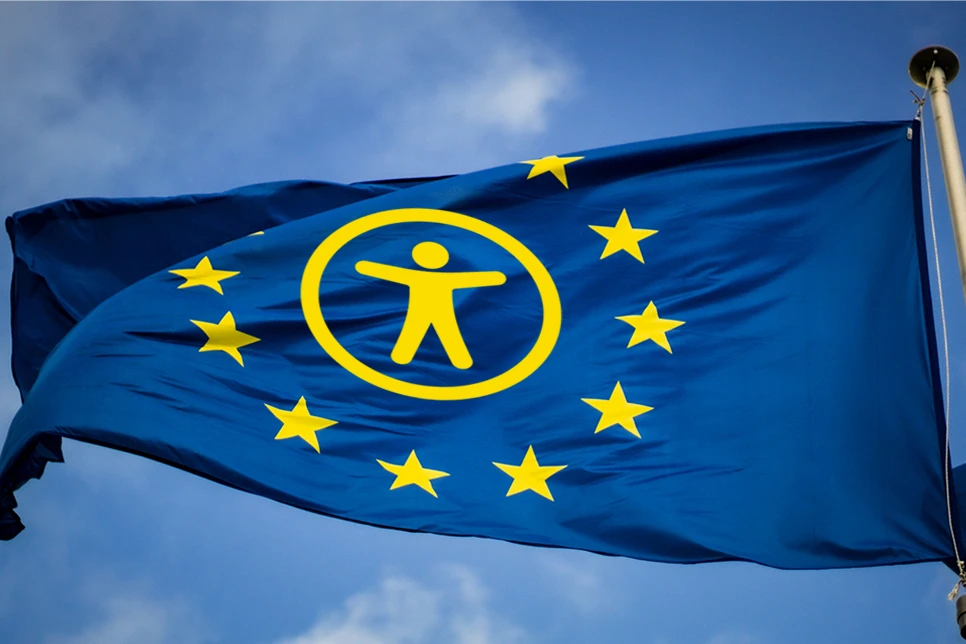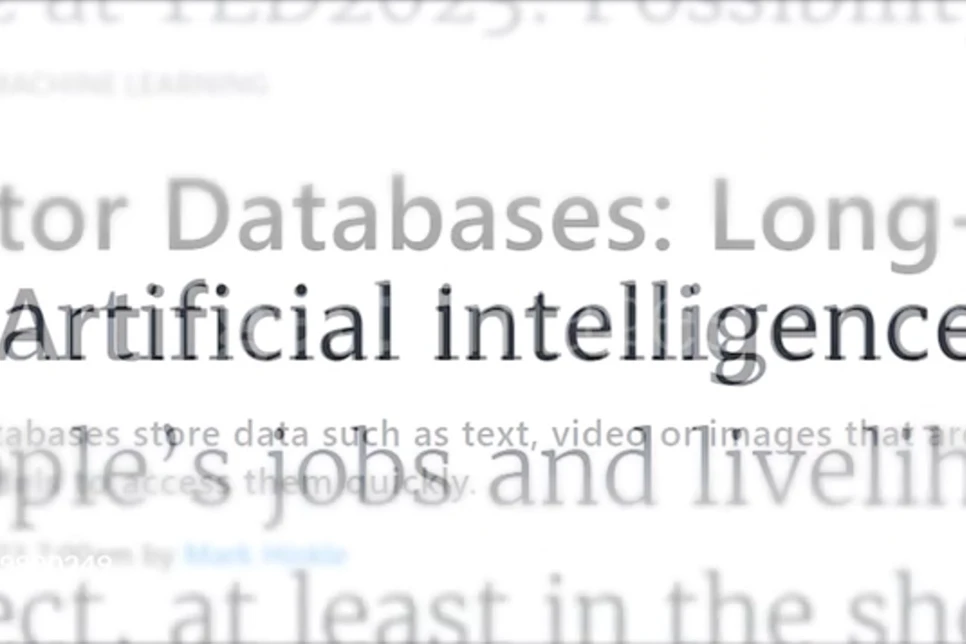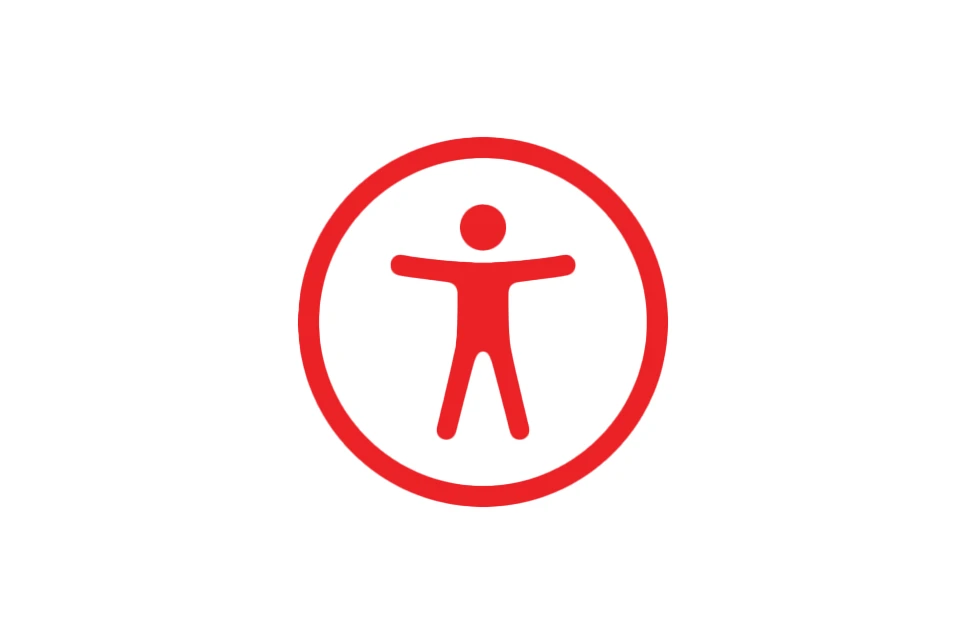
By creating work that follows accessibility recommendations, authors will not only make their research available to a wider audience, they may also enjoy a smoother path to publication.

AI is still very much a hot topic, but with the European Accessibility Act deadline, second Trump administration, growing research fraud, and misuse of technology, there is a whole new slate of issues for publishers to think about.

While the EAA directly applies to EU member states, its influence extends globally, creating expectations for organizations that serve or interact with EU markets.

KGL hosted a well-attended webinar on on the impact of upcoming accessibility mandates for digital publishing. We've compiled a selection of the most frequently asked questions (FAQs), grouped by topic for easy reference.

Accessibility is not just a regulatory checkbox—it’s an opportunity for publishers to broaden the audience, and enhance the usability of content.

During our recent community event, PubFactory Virtual Series: Industry Day, KGL’s Waseem Andrabi, VP of Learning Solutions, presented the different.

The United Nations Sustainable Development Goals (SDGs) have undoubtedly been among the hottest topics on the scholarly publishing agenda since we’ve come out of the pandemic.

Looking to the year ahead once again, the KGL experts across book and journal publishing, scholarly and education markets, technology and business development, weigh in to highlight some of the industry trends we expect will be prominent in 2023.

NIMAS (National Instructional Materials Accessibility Standard) is a US technical standard used by publishers to produce XML that is used to develop specialized formats for students with print disabilities.










